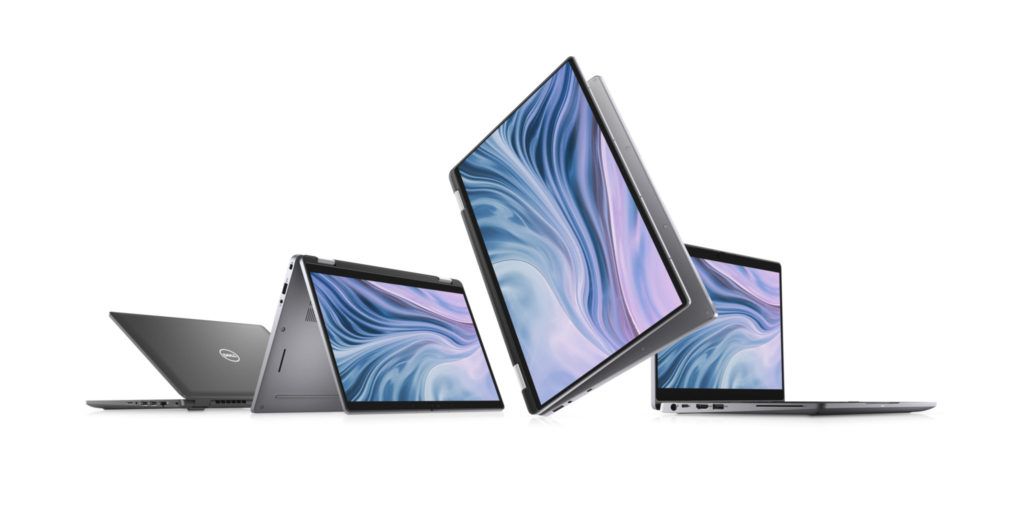
Dell Latitude Notebooks – Why they mean business for over 25 years and counting!
Notebooks intended for business are a different breed altogether from those intended for mainstream consumers as they have an entirely different emphasis in terms of their form, function and specifications. Notebooks intended for company use also tend to prioritise on security features and a more premium design that’s meant to impress management and clients alike.
While a host of notebook brands have come and gone over the years and a few have carved out some measure of recognition as business laptops, Dell’s Latitude range of convertibles and laptops have been pioneers in the field with close to a quarter of a century – that’s 25 years, mind – of crafting business-optimised gear that enables executives and professionals to get their job done without having to haul around the equivalent of a luggage case and a snake pit of cabling under foot.
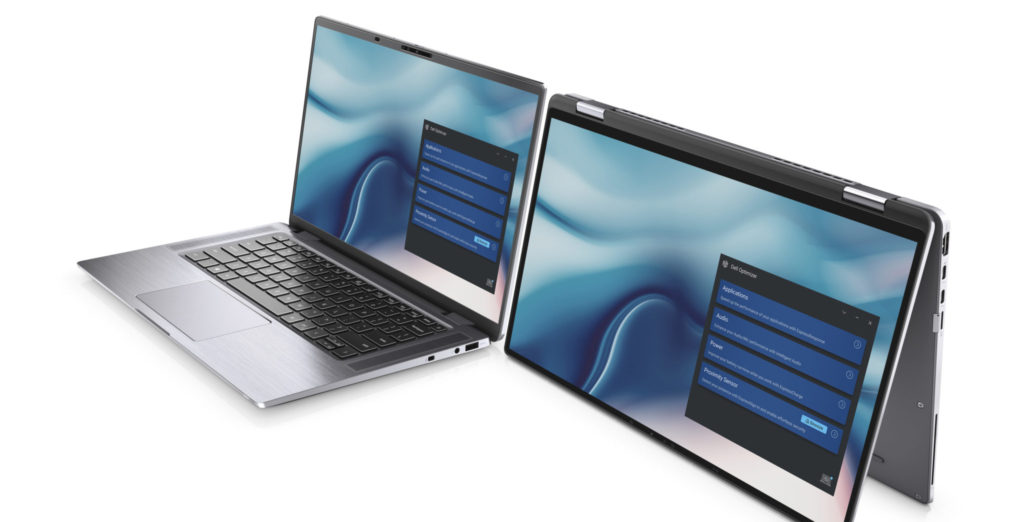
Intended as a light, compact and high-performing laptop for executives, Dell’s current range of Latitude notebooks and 2-in-1s have a host of features that continue to endear them to the suit-and-tie crowd. In Malaysia, you have a variety of Latitude variants, including the 7400 2-in-1 and the newly released Latitude 7410 as well as conventional Latitude laptop form factors too.
Recently, Dell loaned us a test sample of the Latitude 7400 2-in-1 to give it a whirl around the block to experience what the Latitude series was all about and it’s quite an interesting rig indeed. The unit we got packs the best hardware possible though it does not come with many of the listed security features save for a fingerprint reader that comes as standard for units in Malaysia. In terms of hardware, what we got was:
Dell Latitude 7400 2-in-1 Specifications
Table of Contents
Display 14-inch Full HD touchscreen touchscreen
Processor Intel Core i7-8565U 2.11GHz
Memory 16GB DDR3 RAM/ 512GB M.2 PCIe NVMe Class 40 SSD
OS WIndows 10 Pro
Graphics Intel UHD Graphics 620
Memory 52WHr 4-cell battery
Size/Weight 319.77 x 199.9 x 14.89mm / 1.36kg
As specifications go, these seem a bit lackluster seeing the prevalence of 10th Gen Intel Core processors and a slew of affordable AMD Ryzen 4000 series CPUs making their rounds around the block but the key takeaway here though is that the Latitude series is intended for businesses and large-scale deployment in entire fleets so reliability and the availability of spare parts are also critical factors.
The requirements for a company laptop are different and it’s not so much about the specifications as it is about the additional logistics support, maintenance and security features that Dell has to offer though our test unit did not feature them.
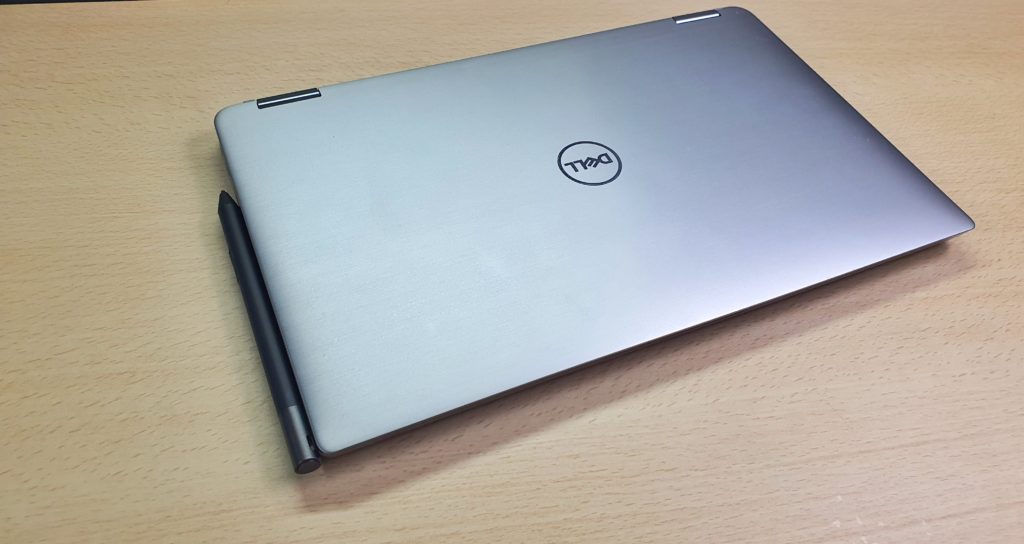
Dell Latitude Build and Design
The latest Latitude lineup offers a level of build quality that matches the premium XPS notebook line; depending on the model, you have a choice of premium carbon fiber or aluminium options.
The use of higher quality materials also means that you get an immensely solid chassis that also proves to be surprisingly compact with a slim form factor to boot. Think of a conventional National Geographic magazine and you get the idea of the size of the top line models such as the Latitude 9000 and 7000 series, which Dell claims to be the smallest premium business PCs in their respective classes.
The premium lineups also come with extra sturdy Corning Gorilla Glass which offers up to 15 times better scratch resistance, twice the resistance to cracks and a 9% reduction in reflections onscreen over the older generation of Gorilla Glass
In terms of connectivity, they’ve added the latest Intel Wi-Fi 6 (Gig+) that delivers nearly 3 times faster speeds and next-gen security in both hardware and software not only to the laptops themselves but also to the neir networks too.
A wide variety of ports and having enough of them is often a key factor for executives which is where the Latitude series retains an edge.
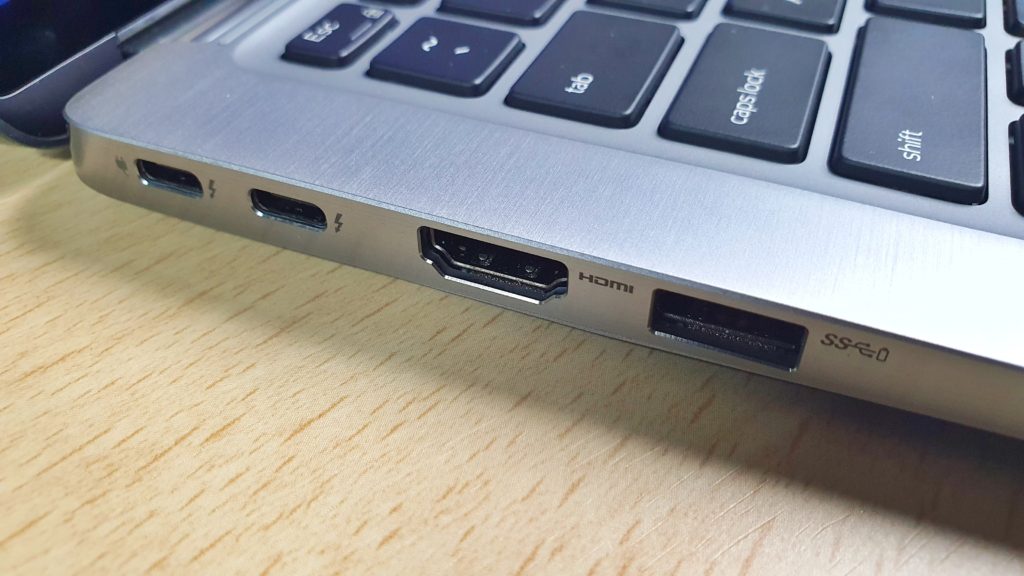
Case in point – and we are drawing from experience with the previous generation Latitude 7400 2-in-1 that we took for a whirl around the block – connectivity is on point, literally so and ahead of the pack. The right side of the laptop has a 3.5mm audio jack, an SD Card reader, a Kensington lock, a USB 3.1 Gen 1 Type-A port with PowerShare and, interestingly enough, a SIM card tray so you can bung in a card and use it away from WiFi networks and having to tether it to your phone.
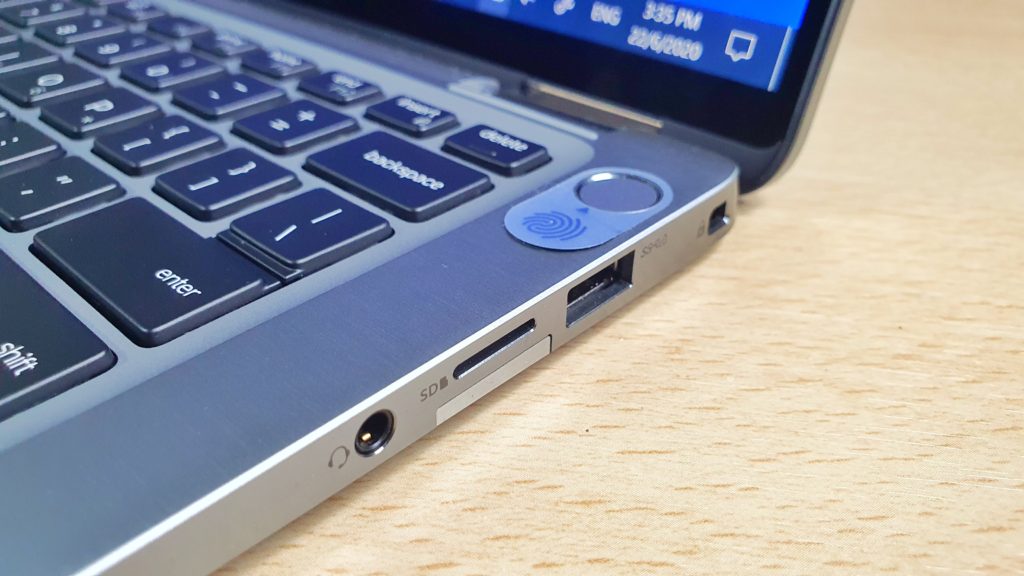
The left side hosts a pair of Thunderbolt 3 USB Type-C ports with Power Delivery and DisplayPort support, a HDMI 1.4 port and a matching USB 3.1 Gen 1 Type-A port like the right side of the notebook. Talk about overkill, but in a good way.
While it’s not something that’s usually listed in a review, Dell has taken significant effort in ensuring sustainability in all its products, including the packaging and Latitude that we tested. They’ve implemented low VOC waterborne paint on all painted parts and have ensured that 100% of the packaging of the 2-in-1 is recyclable, with material sourced from ocean-bound plastics (25%) and HDPE recycled plastic (75%). To date, Dell has reused more than 100 million pounds of recycled content, plastic and other sustainable materials in new products, achieving its 2020 goal ahead of schedule.
Dell Latitude Performance
Setting up and getting a Latitude up and running required jumping through a few loops, especially if this is a company-issued laptop. In general, they are ideal for mainstream tasks (in some cases, extremely overpowered) like word processing, spreadsheets, email and the like but isn’t intended for video editing or heavier work. It is still capable of tackling retro gaming and mayhaps some recent titles on low 720P settings but that’s not what it was made for in any case. It’s also great for Netflix as flipping it around into display mode lets you prop it up on a desk so you can kick back and enjoy the show. Just don’t let the boss catch you doing it though.
Where the new top line Latitudes shine is the inclusion of what is called Dell Optimizer – a built-in artificial intelligence software that learns and adapts to your work behaviour and tendencies to create a smarter, more personalised and productive user experience.
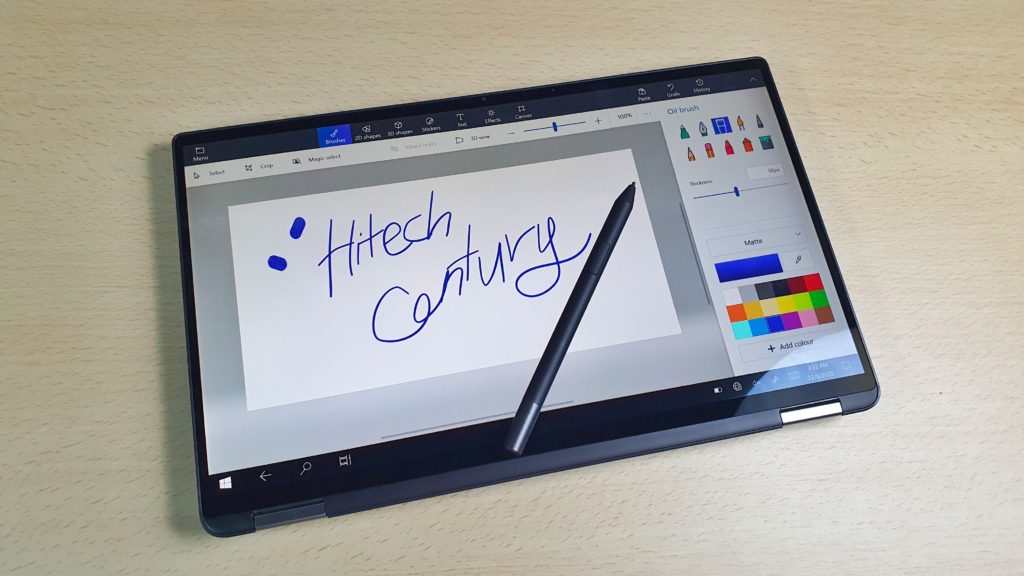
It automatically improves application performance, battery run time and more in the background, so you have fewer disruptions no matter where you’re working. For example, unlocking and gaining access to the notebook is a tad easier with ExpressSign-in – a feature of Dell Optimizer – which combines facial recognition and a proximity sensor to lock the Latitude out if you’re away from the laptop for an extended length of time.
If you step away from your laptop, ExpressSign-in is smart enough to lock out your PC if you’re away on a short errand like making coffee and the like and will unlock it when you’re back at your desk. It’s a nice little extra feature to have and helps to address somewhat the security loophole of unattended laptops.
The convertible version of the Latitudes (read 2-in-1) provides versatility unlike other competing business notebooks, as the double hinges and wide variety of ports let you flip it around into a tablet or display whether you want to show someone a presentation up close over lunch, or hook it up to a large monitor or projector to show your plan for world domination to an entire boardroom.
The question about battery life is also fairly common with expert users – Latitudes are among some of the best on test on account of a built-in feature of Dell Optimizer called ExpressCharge, is able to help you get you up to an 80% charge in an hour. If you can’t charge your system right away, AI willsubtly adjust settings to preserve battery life, such as dimming your screen or turning off Bluetooth when not in use. This realistically gives you a good full working day with extra to last the better part of the next day.
Dell Latitude Available Configurations in Malaysia
As we reported last month, the Latitude 9510 is now available in Malaysia, along with its other siblings in the 9000 and 7000 series family. Designed for mobility and productivity, the new, premium portfolios are equipped with all the latest and greatest tech businesses would need – and even those they didn’t know they did – for their employees to perform their best work.
Joining the Latitude 9510 is its 14-inch sibling – the Latitude 9410 2-in-1 – and the Latitude 7000 series of laptops and 2-in-1s, throughout the 12-, 13- and 14-inch spectrum. All come in a variety of configurations for the Malaysia market depending on how deep you or your company’s IT budget goes. Prices start at slightly below the RM6,000 mark for the Latitude 7410, and can go as high as RM10,000+ for the top of the line Latitude 9510 2-in-1.
The final word on the Latitude series
If you are looking for premium business laptops with superior build and design quality blended with a measure of versatility in terms of ports, form factor options (tablet/display/notebook form factors), performance and battery life, the Latitude series of laptops and 2-in-1s are perfect to tackle any work scenario that a high-flying executive would encounter.
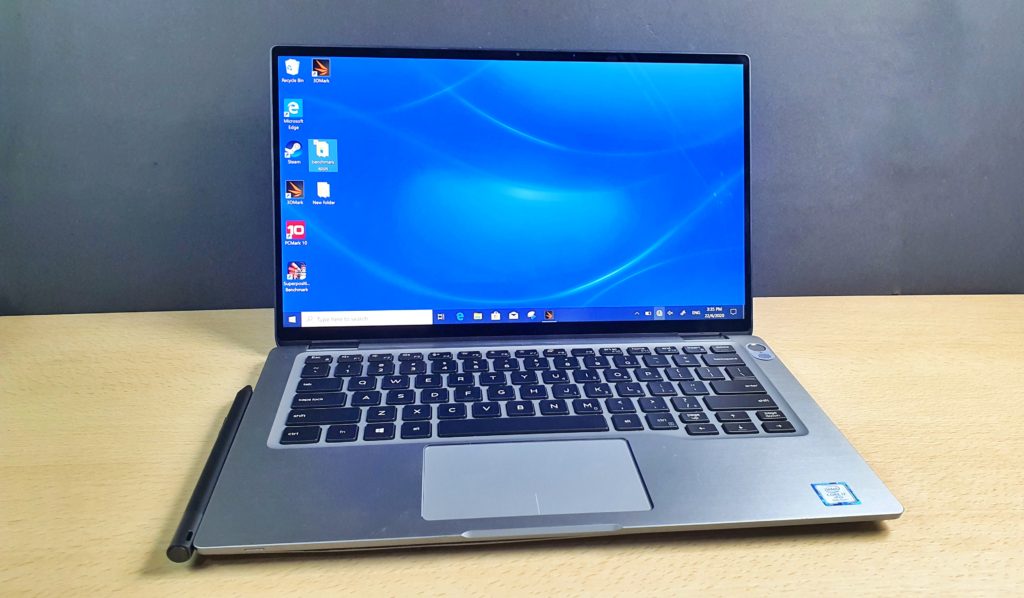
It’s refreshing to see Dell constantly refine every generation of the Latitude series with new technologies and features and we are definitely keen to see what they have for their next generation of Latitude devices which we heard will be arriving soon.
Find out more about the new, top of the line Latitude family at https://www.dell.com/en-my/work/shop/business-laptop-notebook-computers/sc/laptops/latitude-laptops
